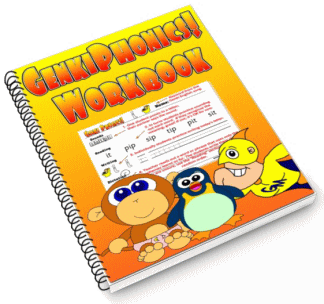 vs.
vs.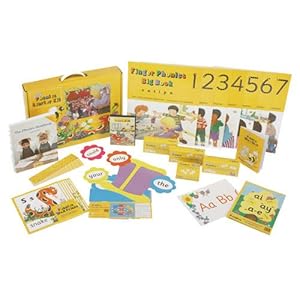
If you’re a teacher you want the best for the kids.
And you also want the easiest programme to teach.
So whenever I do workshops, everyone is often surprised that whilst I say that Genki English is the best speaking programme in the world, I always say that Genki Phonics isn’t the best reading programme.
Until now I’ve always said that Jolly Phonics gets that crown. (I hope Chris Jolly is reading this! 🙂 )
The reason is that in our interventions in Hyderabad, Delhi & Beijing we’ve used Genki English for speaking and Jolly Phonics for reading.
And the results from using Jolly Phonics have been stunning.
Absolutely stunning.
With huge increases in children’s reading ages.
It’s been amazing.
More & more

During that time, thanks to all your feedback, Genki Phonics has also been developing.
And for this year’s Tanzania intervention, as we couldn’t get hold of enough Jolly Phonics materials as they are quite pricey, we actually went with Genki Phonics instead.
And the results have been amazing too,
“At the beginning of the course they couldn’t read a single sentence, but now they can read a book”Tanzanian volunteer teacher (2012).
(That’s my favourite quote!)
Then last month in India we were back to training Jolly Phonics once again.
And after doing Genki Phonics, I think Jolly Phonics has lost its crown!
So why is Genki Phonics better?
In one word – hassles!
I just love things that are easy to teach.
I want a nice, clean, efficient classroom where everything works, is easy to put away and is all there when I need it.
Genki Phonics certainly fits that with having just one set of A4 posters for the whole course.

But Jolly Phonics …… for Jolly Phonics you need not only their “Big Books” (which *are* really cool) but you also need individual flashcards for every single letter, and for *every* *single* *word* you are going to use.
And to be honest they are a real pain!
Sorting them out after each lesson takes forever.
They also get mixed up and after just two days we were missing cards.
Which means we couldn’t do the lessons.
It drove me crazy!
Super Speedy!
For most teachers how long it takes to learn how to teach a new system is also really important.
Even if it’s the best thing since sliced bread, we’re all really busy and don’t have the time to invest in huge long training programmes.
We usually take a full couple of days to train teachers in how to use Jolly Phonics.
And they pretty much get it in the that time.
But with Genki Phonics we’ve got it down to just one afternoon.
(Or actually 10 minutes if you watch the video online!)
And there’s more …
So all that combined with a few other small things mean that to be honest I totally believe that Genki Phonics is now actually the better option.
Jolly Phonics isn’t bad, not at all, but from a simplicity point of view, I’m now going to recommend Genki Phonics as the course to go for.
Of course I wrote Genki Phonics and am terribly biased, and we’re still looking at improving it, but I would much rather recommend something else if it *truly* is better (for example I still recommend Oxford’s “Read, Write, Inc” for post-phonics writing) but for the moment, if you want the best phonics programme in the world, I think Genki Phonics has to be it.
Do give it a try and let me know if you agree.
VIP members get it free, or it is just 10 bucks to try at home.
I think you are going to like it and I think it is going to open the door to fluent reading for a whole new generation of kids.
I’d love to hear your thoughts in the comments!
Be genki,
Richard
P.S. And all of this is even before we’ve finished Genki Phonics 2.0!

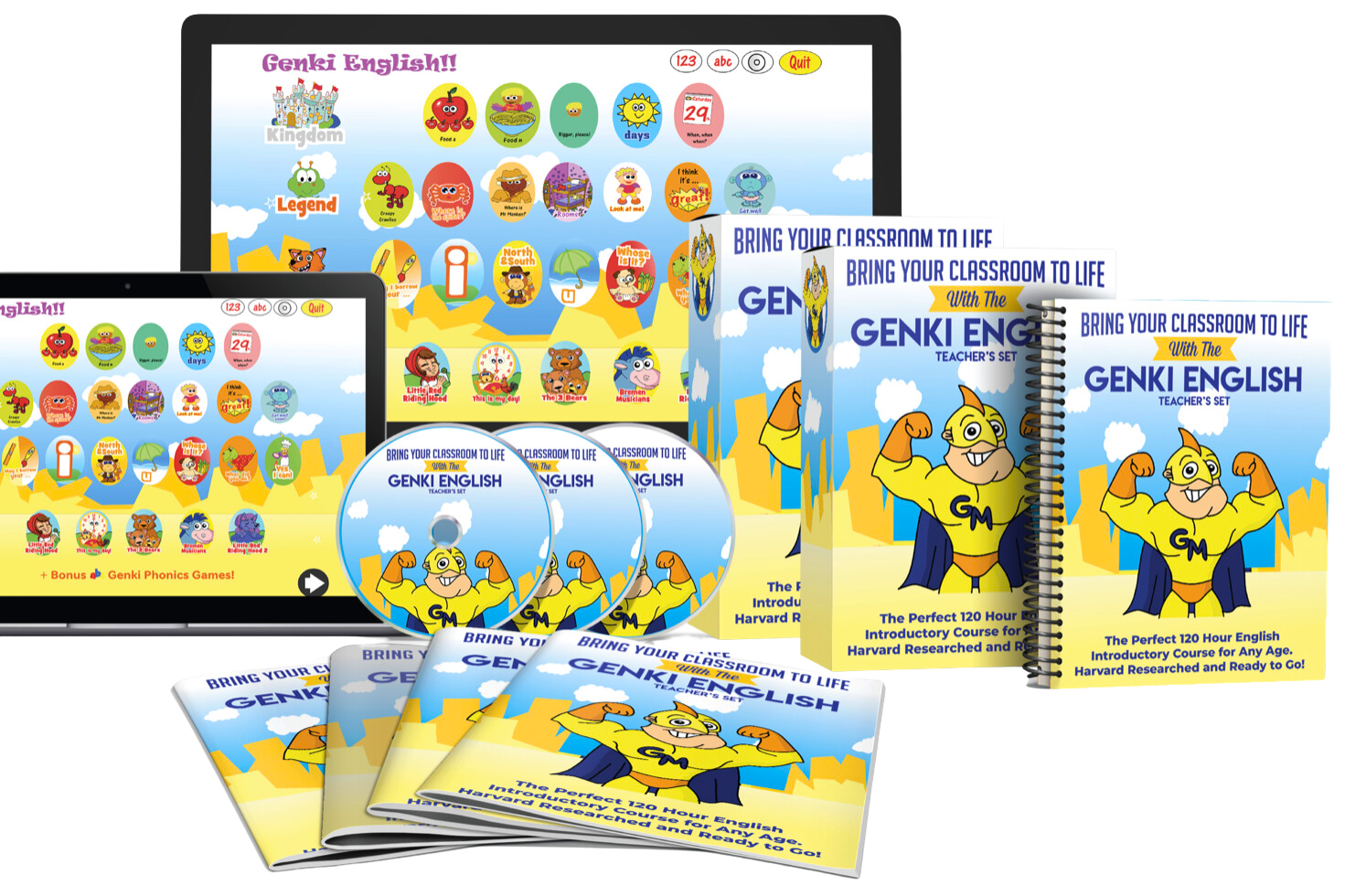
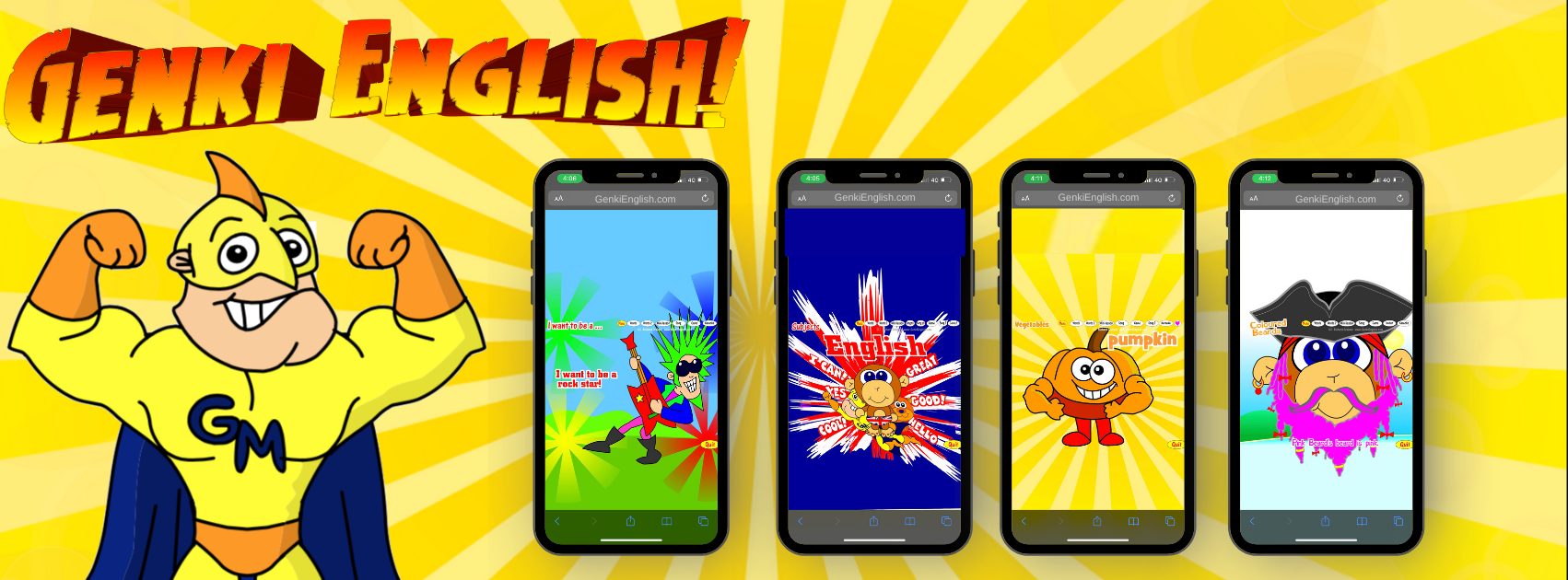
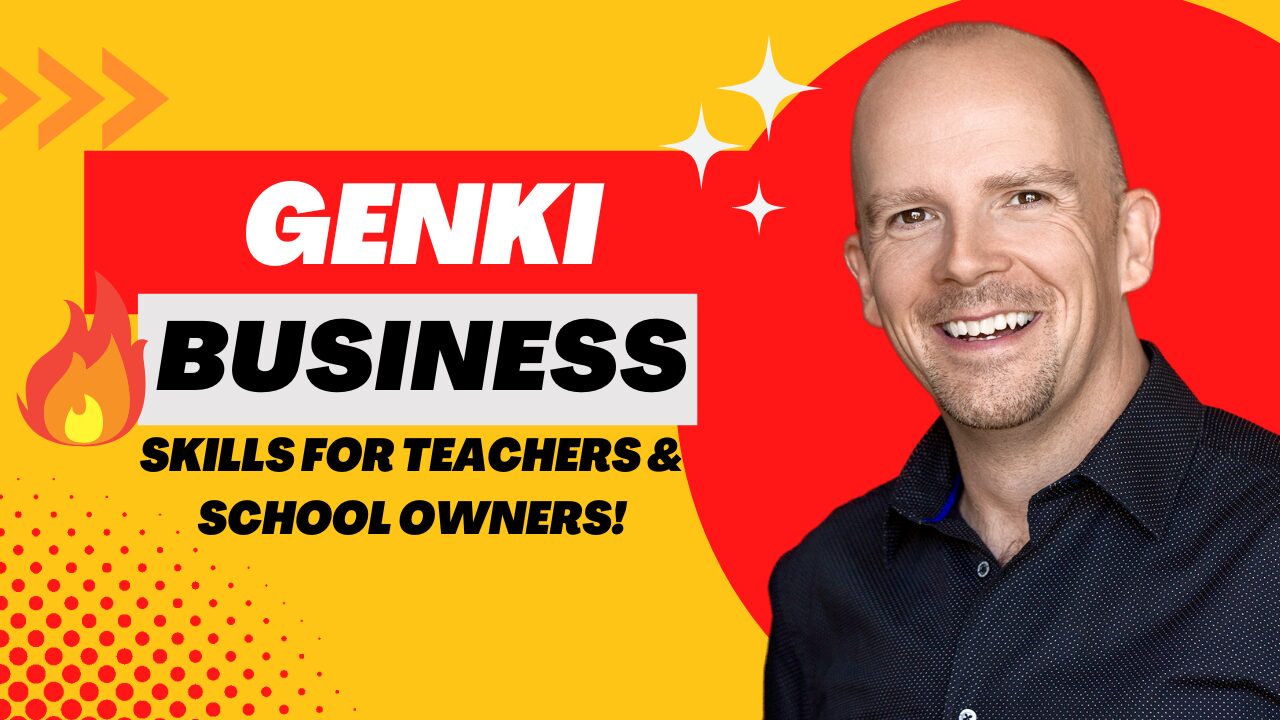
Hi Richard
I have just started to incorporate your Genki phonics course into my pre-school programme with my group of 5 year olds and I love the clear simple and effective method which is motivating the children. My only question is this- why are you focusing on the formation and recognition of lower case letters only?
I am sure there must be a reason for this, but as I wish to introduce both small case and large case letters I am having to use other materials to supplement your course.
Ilook forward to hearing from you,
Best wishes,
Allison
Hi Allison,
Very good question, and a very simple answer!
Just count up how many lower case letters you see on this page.
Then count how many upper case letters there are.
Pretty easy choice, eh?
So you don’t really need to introduce any other materials! 🙂
Allison,
I think you don’T need to worry about capitals at all, though I considered this as well when starting with GE phonics two years ago.
For one thing, kids read name tags or city names, and those names of friends and their own are SO PERSONAL that they just stick in their head.
So when they see a capital letter after months of doing GE phonics, they tell me
“Margit there is a capital (When starting with phonics I tell them they are the big brothers who don’T come too often to see there little siblings, so we don’T learn them for now); >>They notice!
I give them some time to just look at it, and usually someone quickly comes up with “Oh that’s the “R” in “R…’s” name. YES.
Also one example from the Japanese language, though I don’t know wether it will convince you:
There are two syllable sound systems (Hiragana and Katakana)for kids to learn, before learning the Chinese characters.
Now the percentage of HIragana towards Katakana is maybe similar as lower case to upper case letters in English.
Also the appearance is 8like in the alphabet) sometimes very similar:
か カ 、う ウ、…but some are just different:
ま マ、 る ル、etc/
The kids, in school, learn first hiragana intensively for several month.
Only when they are completely fine with these they do the katakana, really quickly and roughly. While they are growing and reading more and more they see Katakana, they sometimes write Katakana and it is just enough.
Hope this helps!
Hi,Richard,
Parents always complain that their children can not read in English well. At schools they are taught so called transcription which cause even worse things happen-everything is a big mess for poor kids.I guess this becomes a stumble block for most of them so they lose interest in learning English sooner or later.Especially those who use a different type of script.I am sorry for them very much..This system of phonics teaching is a hu-u-ge help in his situation!The whole of it is so close to my own comprehension too, that I can’t help start using it in my class. I have a mixed group of 6-14 year olds and honestly don’t find any idea how to deal with it yet. They are quite comfortable with one another.But the problem is that they all have not the same level of English-some are able to read more or less, others are not. If you have any advice, please you are welcome to share it with maybe not only me…
Actually, I’ve been combining Genki Phonics posters and Jolly Phonics with my classes. We use the Jolly Phonics actions and letter sound posters to introduce the sound and action of the letters (for TPR learning) and then follow-up with Genki posters for eliciting different words that use the sound. It works terrific. There’s also lots of phonics videos (Starfall) or songs that go well with the phonics program too.
Ah good idea, I guess that gets round the “having to have all the cards” problem! Do you still use the JP big books?
(There are also gestures for the Genki Phonics, they’re on the 2nd video here: http://GenkiPhonics.com I don’t push them too much as it tends to scare off a lot of teachers! 🙂 )
http://GenkiPhonics.com
…but they are what makes “Phonics” so adorable and fun for little ones and actually the parents just love it and are so excited.
I’ve never used the big books for the only reason that I don’t have them and thus never tried them. I have made a bunch of the JP small cards, but actually hardly ever use them at this point. It seems like the letter posters and sound action cards along with different phonics games is quite sufficient for doing a letter each class. With older kids, I do use the “Making Words” series as well and many phonics readers.
I´ve just started using Genki Phonics in my classes this year and am loving it. The vowels are very important for the kids to know well because in Spanish that is where one of the big differences in our alphabets are.
I have a question regarding the posters though. With every sound there is a corresponding action right? Well, on some of the posters the picture on the top does not go with the corresponding action- my kids look there usually because it stands out more than the one on the bottom (which always is the picture of the action). Is there a reason for this or just an oversight?? I would suggest a modification of this so that the posters match exactly the workbook pages. Thanks! and thanks again for the great material!
-Amy
Hi Amy, Thank you for the great feedback and for picking up on the gestures. We’ll get it fixed in the new remix, and it would be fantastic to have your input!
http://genkienglish.net/clipart/forum/viewtopic.php?t=1416
I have till now thought that jolly phonics is the best learning program available, But since you have mentioned the benefits of Genki Phonics, I see no harm in
Trying it with my kid.